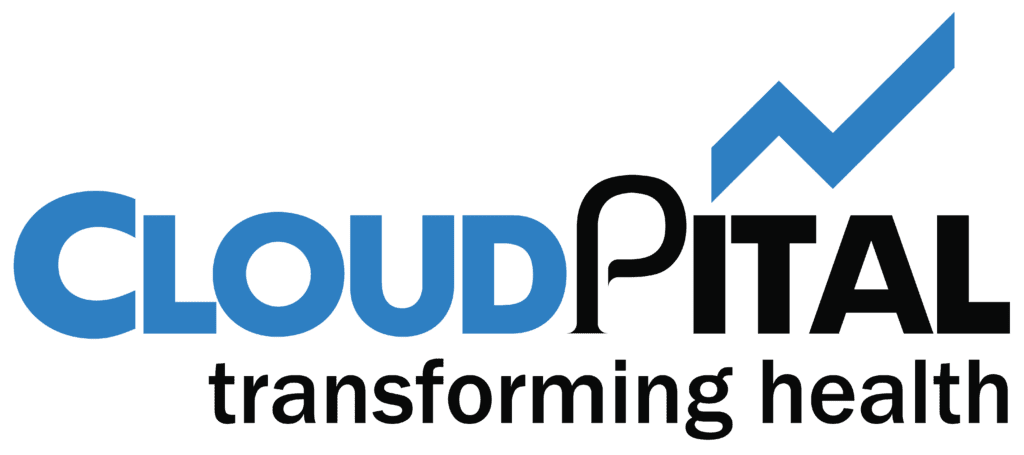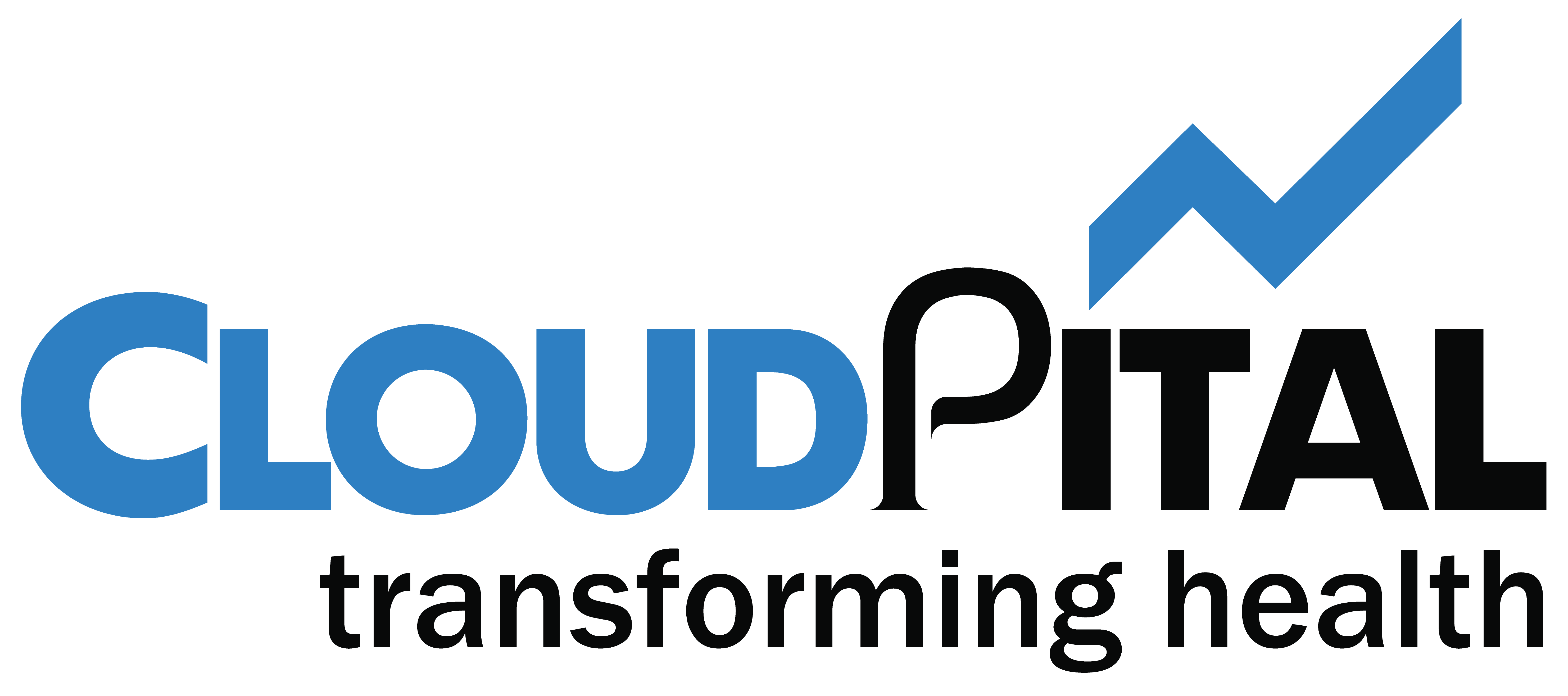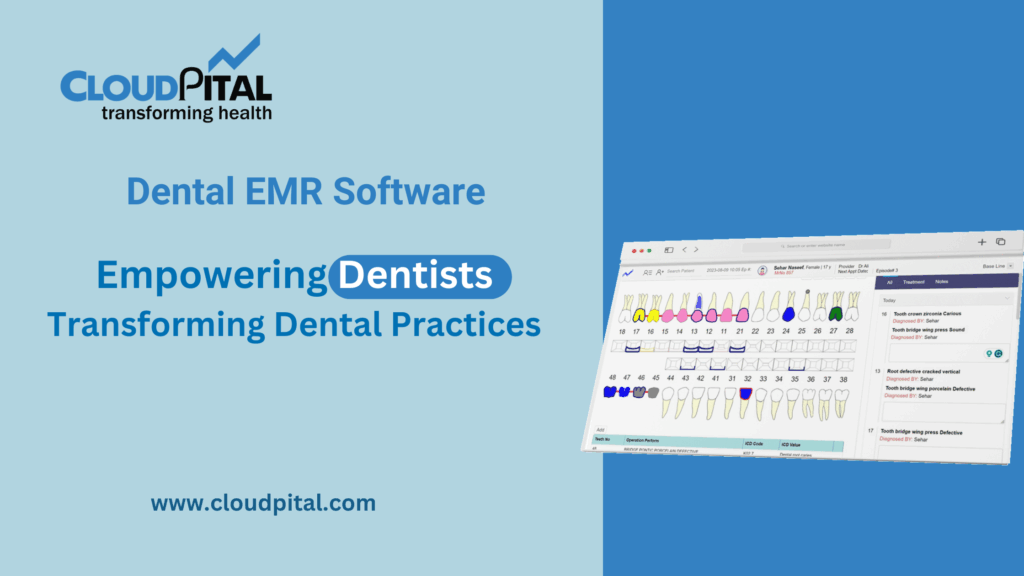Cloudpital # 1 is one of the top Revenue Cycle Management essentials in healthcare, managing the financial process associated with patient care from initial appointment scheduling to final payment collection. Effective RCM systems ensure that healthcare providers are compensated for their services, optimizing cash flow and financial performance. Here’s a comprehensive overview of how an RCM system handles patient billing and collections.
Click to Start Whatsapp Chatbot with Sales
Mobile: +966547315697
Email: sales@cloudpital.com
Cloudpital # 1 Revenue Cycle Management

Components of an RCM System
An Revenue Cycle Management system integrates various functions, including patient registration, insurance verification, charge capture, coding, claims submission, payment posting, and collections. Each component plays a crucial role in ensuring that billing and collections are handled efficiently and accurately.
Patient Registration and Insurance Verification
Patient Registration
The RCM process begins with patient registration, which involves collecting and verifying patient information. This includes:
- Demographic Information: Name, address, date of birth, and contact details.
- Insurance Information: Details of the patient’s insurance provider, policy number, and coverage specifics.
Accurate data entry at this stage is crucial for preventing downstream issues in billing and collections.
Insurance Verification
Before the patient receives care, the system verifies their insurance coverage to determine eligibility and benefits. This involves:
- Eligibility Checks: Verifying that the patient’s insurance is active and covers the services to be provided.
- Benefit Verification: Determining the extent of coverage, including co-pays, deductibles, and out-of-pocket maximums.
By confirming insurance details upfront, the RCM system reduces the risk of denied claims and ensures that patients are aware of their financial responsibilities.
Claims Management
Claims Submission
After coding, the RCM system generates claims to be submitted to insurance companies. This process includes:
- Claim Generation: Compiling all relevant information into a standardized claim format.
- Claim Scrubbing: Reviewing claims for errors or omissions that could lead to denial or rejection.
- Electronic Submission: Sending claims electronically to insurance payers for faster processing and tracking.
Claim Tracking
Once submitted, the Revenue Cycle Management system continuously monitors the status of claims. This involves:
- Status Updates: Receiving electronic updates from insurance companies about claim status (accepted, denied, pending).
- Follow-Ups: Identifying and addressing any issues with denied or delayed claims.
Effective claims management ensures timely reimbursements and reduces the incidence of denied claims.

Payment Posting and Reconciliation
Payment Posting
When payments are received from insurance companies or patients, they must be accurately posted to the correct accounts. This includes:
- Automated Posting: Using electronic remittance advice (ERA) to automatically post payments.
- Manual Posting: Manually entering payments based on explanation of benefits (EOB) documents.
Reconciliation
The Remote Patient Monitoring system reconciles payments with the original claims to ensure accuracy. This involves:
- Matching Payments to Claims: Ensuring that the amounts received match the amounts billed.
- Identifying Discrepancies: Detecting underpayments, overpayments, or other discrepancies that need resolution.
Patient Billing and Collections
Patient Billing
For any remaining balance after insurance payments, the RCM system generates patient bills. This process includes:
- Statement Generation: Creating detailed billing statements that explain charges, payments received, and remaining balances.
- Payment Plans: Offering patients flexible payment options to manage their financial obligations.
Patient Communication
Effective communication is key to successful collections. The RCM system facilitates:
- Automated Notifications: Sending reminders and updates via email, text, or phone.
- Customer Service: Providing support through call centers or online portals to address patient queries and concerns.
Collections
When payments are not received within a specified period, the RCM system initiates collection processes. This can include:
- Internal Collections: Using internal resources to follow up with patients through letters, calls, and emails.
- External Collections: Engaging third-party collection agencies for delinquent accounts.
By employing a structured approach to collections, the RCM system ensures that outstanding balances are minimized and financial health is maintained.
Reporting and Analytics
Financial Reporting
The RCM system generates comprehensive financial reports to provide insights into the revenue cycle performance. This includes:
- Aging Reports: Highlighting outstanding balances by age (e.g., 30, 60, 90 days).
- Denial Analysis: Identifying trends and root causes of claim denials to address and prevent future issues.
- Revenue Reports: Tracking overall revenue, including billed amounts, received payments, and outstanding balances.
Performance Analytics
Advanced analytics capabilities allow the RCM system to:
- Identify Bottlenecks: Pinpointing inefficiencies in the revenue cycle that may delay payments or increase costs.
- Predict Trends: Using historical data to forecast future cash flows and identify potential issues.
- Benchmark Performance: Comparing performance metrics against industry standards to ensure competitiveness.
Future Trends in RCM
The future of Ophthalmology EMR in Saudi Arabia systems is shaped by technological advancements and evolving healthcare landscapes. Key trends include:
Artificial Intelligence and Machine Learning
AI and machine learning can enhance RCM by:
- Automating Routine Tasks: Reducing manual effort in claims processing and payment posting.
- Predictive Analytics: Anticipating denials and identifying high-risk claims before submission.
- Enhanced Patient Interactions: Using chatbots and virtual assistants to improve patient engagement and support.
Blockchain Technology
Blockchain offers potential improvements in:
- Data Security: Providing a secure, immutable ledger for patient data and transactions.
- Interoperability: Facilitating seamless data exchange between different healthcare systems and providers.
- Fraud Prevention: Reducing fraud through transparent and traceable transactions.
Telehealth Integration
With the rise of telehealth, RCM systems must adapt to:
- New Billing Models: Handling billing for virtual visits and remote patient monitoring.
- Insurance Coordination: Ensuring telehealth services are covered and reimbursed by insurers.
- Patient Convenience: Simplifying billing and payment processes for telehealth services.
Conclusion
RCM systems are pivotal in managing the financial aspects of healthcare, from patient registration to final payment collection. By integrating advanced technologies and streamlined processes, these systems ensure efficient billing and collections, optimize revenue, and enhance the financial health of healthcare providers. As healthcare continues to evolve, RCM systems must adapt to new challenges and opportunities, leveraging innovations like AI, blockchain, and telehealth to stay ahead in the dynamic healthcare landscape.
Click to Start Whatsapp Chatbot with Sales
Mobile: +966547315697
Email: sales@cloudpital.com
Revenue Cycle Management
Revenue Cycle Management
Revenue Cycle Management
How does Revenue Cycle Management system handle patient billing? similar software solutions prices were updated on 2025-07-11T05:30:54+00:00 in Saudi Arabia in Mecca, Medina, Riyadh, Khamis Mushait, Yanbu, Jeddah, Dammam, Unaizah, Uqair, Ha’il, Ta if, Al Bahah, Dhahran, King Abdullah Economic City, Najran, Diriyah, Qatif, Khafji, Jubail, Abqaiq, List of Cities and Towns in Saudi Arabia, Ras Tanura, Turubah, Jazan Economic City, Knowledge Economic City, Medina, Khobar, Abha, Tabuk, Saudi Arabia, similar software solutions prices were updated on 2025-07-11T05:30:54+00:00 We also provide in Saudi Arabia services solutions company in Hafar Al-Batin, Udhailiyah, Al-Awamiyah, Hofuf, Hautat Sudair, Buraidah, Tayma, Duba, ‘uyayna, Saihat, Al-Kharj, Al-ula, Jizan, Rumailah, Ar Rass, Arar, Shaybah, Al Majma’ah, Rabigh, Dhurma, Haradh, List of Saudi Cities by Gdp Per Capita, Badr, Sudair Industrial City, Baljurashi, Shaqraa, Al-Khutt, Habala, Ad Dawadimi, Dawadmi, Layla, similar software solutions prices were updated on 2025-07-11T05:30:54+00:00 Price is SAR 100 and this was updated on updated on 2025-07-11T05:30:54+00:00 similar How does Revenue Cycle Management system handle patient billing? software solutions prices were updated on 2025-07-11T05:30:54+00:00 in Saudi Arabia in Haql, Afif, Al-Abwa, Farasan, Al-Jaroudiya, Thadig, Al-Thuqbah, Al Wajh, Almardmah, Al-Zilfi, Muzahmiyya, Prince Abdul Aziz Bin Mousaed Economic City, Tharmada’a, Skaka, Um Al-Sahek, Sharurah, Tanomah, Bisha, Dahaban, Al Qunfudhah, Qurayyat, Saudi Arabia, Ha’ir, as Sulayyil, Al Lith, Turaif, Al-Gway’iyyah, Samtah, Wadi Ad-Dawasir, Az Zaimah, Safwa City, Jalajil, Harmah, Mastoorah, Hotat Bani Tamim, Jabal Umm Al Ru’us, Rafha, Qaisumah, Al-Ghat, Hajrah, Al-Hareeq. Excerpt: Jeddah (also spelled Jiddah, Jidda, or Jedda; Arabic: Jidda) is a Saudi Arabian city located on the coast of the Red Sea and is the major urban center of western Saudi Arabia similar software solutions prices were updated on 2025-07-11T05:30:54+00:00 Price is SAR 100 and this was updated on updated on 2025-07-11T05:30:54+00:00
20-5-2024




